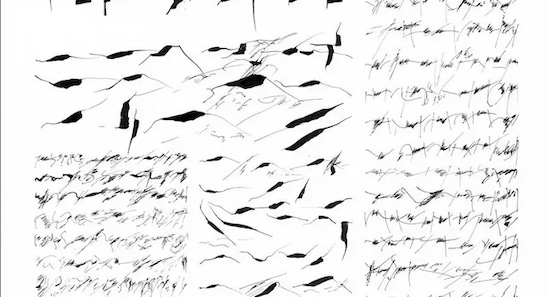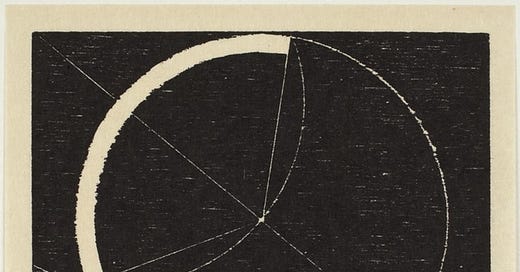Hi everyone,
Today’s transmission features Jean Toomer’s Cane, the sun, time, imprints, impressions, and various shades of dusk:
As always, references and links mentioned in the recording are listed below. The subject line is a misquote of a title for a story in Cane, a recording of which (read by Arna Bontemps) I link to below.
Wishing you all patches of light today.
soon,
Meg
Cane by Jean Toomer, APS Together
Gil Scott-Heron songs about Cane
Recording of “Song of the Son” by Jean Toomer, read by Arna Bontemps
Cane “moons,” woodblock prints by Martin Puryear
Aliki van der Kruijs’ summer solstice curtains
Rohan Chaurasia’s “surface duetting space” channel and an example of an “everyday cyanotype”






